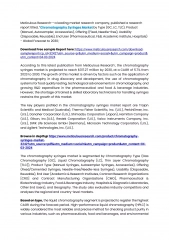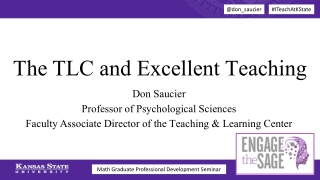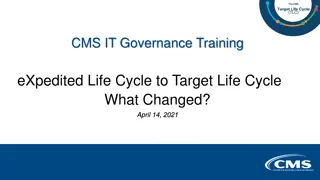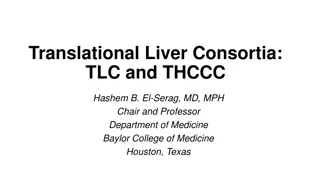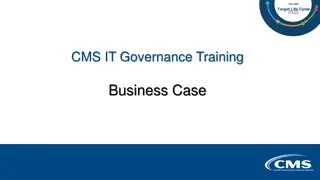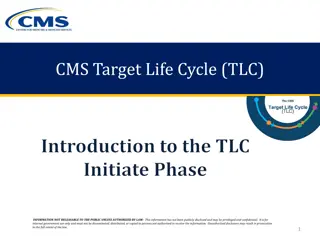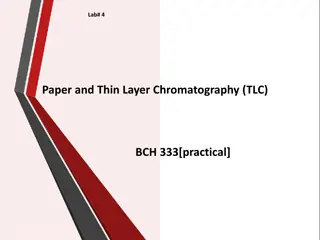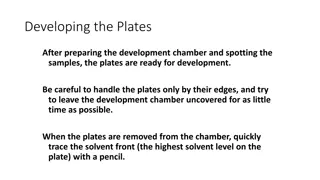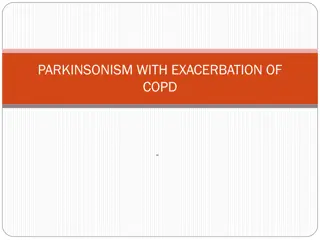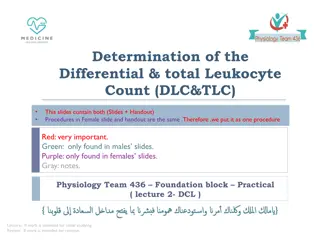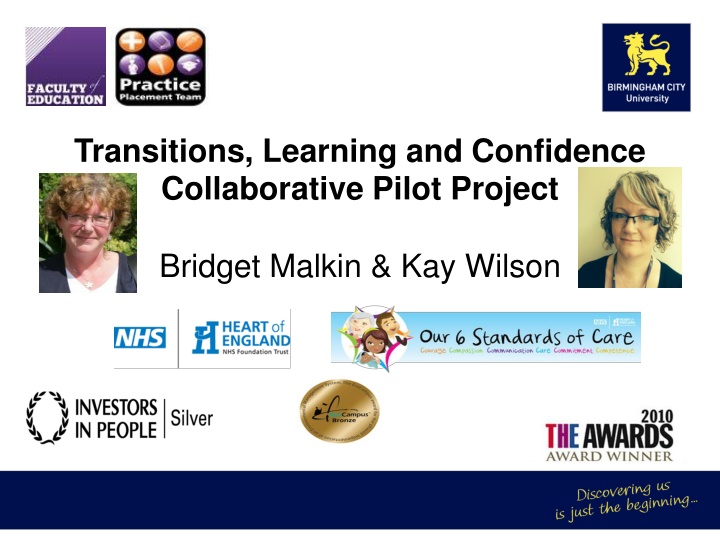
Enhancing Nursing Students' Confidence Through Targeted Interventions
Explore a collaborative pilot project by Bridget Malkin and Kay Wilson focusing on enhancing nursing students' confidence through targeted interventions during transition placements. The project involves interventions, student activities, reflection, and the use of a Step Up Toolkit to support skill development and self-assessment.
Download Presentation

Please find below an Image/Link to download the presentation.
The content on the website is provided AS IS for your information and personal use only. It may not be sold, licensed, or shared on other websites without obtaining consent from the author. If you encounter any issues during the download, it is possible that the publisher has removed the file from their server.
You are allowed to download the files provided on this website for personal or commercial use, subject to the condition that they are used lawfully. All files are the property of their respective owners.
The content on the website is provided AS IS for your information and personal use only. It may not be sold, licensed, or shared on other websites without obtaining consent from the author.
E N D
Presentation Transcript
Transitions, Learning and Confidence Collaborative Pilot Project Bridget Malkin & Kay Wilson
Shock, as used in the construct of reality shock, means the total social, physical and emotional response of a person to the unexpected, unwanted, or undesired, and in the most severe degree to the intolerable . Reality Shock(Kramer 1974) Confidence Preceptorship Malkin.B & Wilson.K (2014) V1. 2
Confidence is developed through repetition in which skills are rehearsed, experiences tested and evaluated. Meretoja (2002) Malkin.B & Wilson.K (2014) V1. 3
A Case Study Approach Can targeted support interventions during final transition placement, enhance the self rated confidence of 3rd Year Pre-Registration Nursing Students? Malkin.B & Wilson.K (2014) V1. 4
Intervention Week 1 Week 3 Week 6 End of Placement Initial meeting with students, project leads and administer adapted Barr s Tool. Outlined expected learning activities. 10 minute meeting with Mentor, student and a project lead. Administer adapted Barr s Tool, review of student activities and reflection. Initiate development plan or Step up toolkit. 10 minute meeting with student and a project lead. Administer adapted Barr s Tool, review of student activities and reflection. 10 minute meeting with student and a project lead. Administer adapted Barr s Tool and overall reflection of student activities. Record placement pass/fail. Boychuk Duchscher Transition Stages Model (2007) students to self rate their place. Malkin.B & Wilson.K (2014) V1. 5
Student Activity Review Reflection in relation to management skills Y/N? Identify theory content from Transitions Module in their practice. Description of activities undertaken by student. Description of any student concerns. What areas of development has student identified in their practice? Malkin.B & Wilson.K (2014) V1. 6
Step Up Toolkit (Wilson2013) Staff Nurse Job Description. Co - ordinator Role and Activities Checklist. HEFT Nursing Core Values Capacity Awareness Activities. Trust Discharge Plan/Policy. Malkin.B & Wilson.K (2014) V1. 7
Transition Stages Model (Boychuk Duchscher 2007) Malkin.B & Wilson.K (2014) V1. 8
Level 1 Confidence in Self as a Learner 5 4.5 4 3.5 Confidence Score 3 2.5 2 1.5 1 Week 1 Week 3 Week 6 End of Placement Time in Placement (weeks) Malkin.B & Wilson.K (2014) V1. 9
Level 2 Confidence in Relating Theory to Practice 4.5 4 3.5 3 Confidence Score 2.5 2 1.5 1 Week 1 Week 3 Week 6 End of Placement Time in Placement (weeks) Malkin.B & Wilson.K (2014) V1. 10
Level 3 Confidence in Adapting to Change 5 4.5 4 3.5 Confidence Score 3 2.5 2 1.5 1 Week 1 Week 3 Week 6 End of placement Time in Placement (weeks) Malkin.B & Wilson.K (2014) V1. 11
Level 4 Confidence in Organisational Impact 5 4.5 4 3.5 Confidence Score 3 2.5 2 1.5 1 Week 1 Week 3 Week 6 End of Placement Time in Placement (weeks) Malkin.B & Wilson.K (2014) V1. 12
Statistical Significance Confidence in Self as a Learner (95% CI) Confidence in Relating Theory to Practice (95% CI) 1.5 2 2.5 3 3.5 4 4.5 5 1.5 2 2.5 3 3.5 4 4.5 5 Confidence in Organisational Impact (95% CI) Confidence in Adapting to Change (95% CI) 1.5 2.5 3.5 4.5 1.5 2.5 3.5 4.5 Malkin.B & Wilson.K (2014) V1. 13
Discussion Confidence Reality Shock Preceptorship Malkin.B & Wilson.K (2014) V1. 14
Themes Professional Socialisation. Role Awareness. Theory Practice Gap. Time Malkin.B & Wilson.K (2014) V1. 15
Limitations Staffing Levels Small Study Variables Mentor Limitations Clinical Shift Patterns Control Group Data Collection Revisit students in 6 months time to re evaluate transition score. Malkin.B & Wilson.K (2014) V1. 16
Benefits of Study Preparing Future Workforce Recruitment and Retention Enhanced Quality of Mentorship Early Identification of Weaker Students Empowered Students and Mentors Effective use of staff time educational/clinical. Collaborative working enhanced. Malkin.B & Wilson.K (2014) V1. 17
Positive patient outcomes through the impact of competent and happy nurses are recognised as directly impacting upon the improved quality of care Cornwell (2010). Malkin.B & Wilson.K (2014) V1. 18
Student Quotes. Spending time with the Ward Manager I became more aware of capacity issues and this increased my organisational knowledge I am more independent, taking the lead with patient care, I feel ready!' Confused and felt I couldn't do it - become a nurse but I knew what was expected, the project helped me to focus as I had a learning block through fear' I couldn't imagine myself as nurse in charge at the beginning but as the weeks went by, the more confident I found myself as I exposed myself to delegation' Seeing myself as a staff nurse is exciting!! I pushed myself more and felt my confidence was OK but now it s good!! I know my role, the impact of one person in a team and recognise my own development - now I m confident at speaking up Improved my confidence, to use my own initiative and make autonomous decisions Malkin.B & Wilson.K (2014) V1. 19
References Barr H, Freeth D, Hammick M, Koppel I, Reeves S(2000) Evaluations of Interprofessional Education. A United Kingdom Review for Health and Social Care The United Kingdom Centre for the Advancement of Interprofessional Education with the British Educational Research Association U.K. Benner, P. (1984). From novice to expert, excellence and power in clinical nursing practice. Menlo Park, CA: Addison-Wesley Publishing Boychuk Duchscher J 2013 Transition Stages Model http://nursingthefuture.ca/transition_theory. Colbeck C Cabrera A Terenzine P (2001) Learning Professional Confidence: Linking Teaching Practices, Students' Self- Perceptions, and Gender The Review of Higher Education Volume 24, Number 2 pp. 173-191, Winter 2001 http://muse.jhu.edu/journals/rhe/summary/v024/24.2colbeck.html Cornwell, J Goodrich J - Exploring how to enable compassionate care in hospital to improve patient experience Nursing times, 2009 Deploy E, Gitlin L (2005) Introduction to Research Understanding and applying Multiple Strategies Ed 3 Elsevier Moseby USA Gonczi A 1994 Competency Based Assessment in the Professions in Australia Assessment in Education. 01/1994; 1(1):27-44. Willis (2012) http://www.williscommission.org.uk/__data/assets/pdf_file/0007/495115/Willis_commission_report_Jan_2013.pdf Kramer, M. (1974), Reality Shock - Why Nurses Leave Nursing, St. Louis: Mosby Kirkpatrick D (1954) The Kirkpatrick Model of training evaluation http://www.kirkpatrickpartners.com/Home/tabid/38/Default.aspx Malkin.B & Wilson.K (2014) V1. 20
References Maben J, Macleod-Clark J 1998 Project 2000 diplomats' perceptions of their experiences of transition from student to staff nurse Journal of Clinical Nursing Volume 7, Issue 2, pages 145 153, March 1998 Maben J 2012 Exploring the relationship between patients' experiences of care and the influence of staff motivation, affect and wellbeing http://www.nets.nihr.ac.uk/projects/hsdr/081819213 Maben J 2013 staff wellbeing affects patients experience of care Health Service Journal 2013;. Meretoja (2002) Price B (2013) Successful preceptorship of newly qualified nurses Nursing Standard Dec 4 vol28 no14 51- 56 Polgar S, Thomas S 2000 Introduction to Research in Health Sciences Fourth Ed Elsevier Churchill Livingstone London UK Nursing and Midwifery Council(2008) Standards to support learning and assessment in practice settings (SLAiP) http://www.nmc-uk.org/Educators/Standards-for-education/Standards-to-support-learning-and-assessment-in- practice/Standards-to-support-learning-and-assessment-in-practice-settings-SLAiP/ Nursing and Midwifery Council(2008) The Code: Standards of conduct, performance and ethics for nurses and midwives. http://www.nmc-uk.org/Publications/Standards/The-code/Introduction/ Yin R.K (2002) Case study research : design and methods ed3 Newbury Park Calif Sage cited in Deploy E, Gitlin L (2005) Introduction to Research Understanding and applying Multiple Strategies Ed 3 Elsevier Moseby USA Malkin.B & Wilson.K (2014) V1. 21



